Introduction
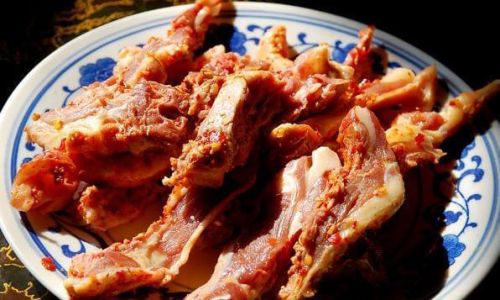
Duck meat, known for its rich flavor and tender texture, is a popular choice among culinary enthusiasts worldwide. From roasted duck to duck confit, this versatile ingredient can be prepared in numerous delicious ways. However, like any other type of meat, duck can spoil if not handled, stored, or cooked properly. Consuming spoiled duck meat can lead to food poisoning, characterized by symptoms such as nausea, vomiting, diarrhea, and abdominal pain. Therefore, it is crucial to know how to determine if duck meat has gone bad before cooking or consuming it. This article will provide comprehensive guidelines on identifying the signs of spoilage in duck meat, along with tips on proper storage and handling practices to ensure food safety.
Understanding Food Spoilage
Food spoilage is a natural process that occurs due to various factors, including microbial growth, enzymatic activity, and chemical reactions. Microorganisms like bacteria, molds, and yeasts can multiply rapidly on meat surfaces, causing it to decompose. Enzymes present in the meat itself can also break down proteins and fats, leading to texture and flavor changes. Additionally, oxygen exposure can oxidize fats, causing rancidity. Understanding these basic principles of food spoilage helps in recognizing the early signs of deterioration in duck meat.
Visual Inspection
One of the most straightforward methods to assess the freshness of duck meat is through visual inspection. Here are some key indicators to look for:
-
Color Changes: Fresh duck meat typically has a pinkish-red hue with a slight shimmer due to moisture. As it begins to spoil, the color may darken or develop a dull, grayish appearance. Discoloration, especially if accompanied by spots or patches of different colors, is a clear sign of spoilage.
-
Surface Discoloration: The outer layer of the meat may develop a slimy or tacky texture due to bacterial growth. This slimy coating is a telltale sign of microbial activity and indicates that the duck meat is no longer fresh.
-
Mold Growth: In some cases, mold may form on the surface of the meat, especially if it has been stored in humid conditions. Mold appears as fuzzy, colorful growths that can range from white to green or black. Any visible mold indicates that the duck meat should be discarded immediately.
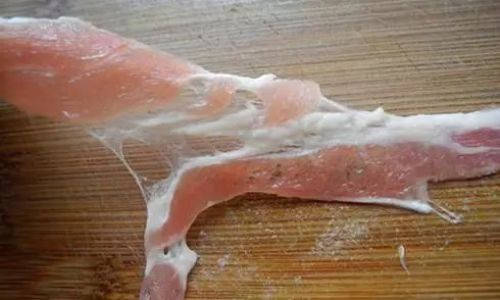
Olfactory Assessment
Your sense of smell is another powerful tool in detecting spoiled duck meat. Fresh duck should have a mild, slightly gamey aroma. As it spoils, the smell changes dramatically:
-
Off-Odors: Spoiled duck meat often emits a strong, unpleasant odor that can range from sour to ammonia-like. This is due to the breakdown of proteins and fats by bacteria and enzymes.
-
Rancidity: If the duck meat has been exposed to oxygen for too long, it may develop a rancid smell, reminiscent of old oil or paint. This indicates that the fats in the meat have oxidized and are no longer safe to consume.
Textural Changes
The texture of duck meat can also provide clues about its freshness:
-
Sliminess: As mentioned earlier, a slimy or sticky texture on the surface of the meat is a sign of bacterial growth and spoilage.
-
Firmness: Fresh duck meat should feel firm and resilient to the touch. As it spoils, the texture becomes softer and may even develop a mushy consistency.
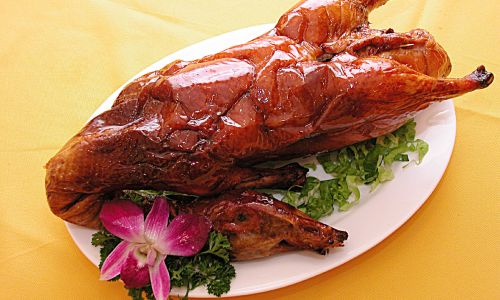
-
Dryness: Excessive dryness or shrinkage can indicate that the duck meat has been stored for too long or under improper conditions, leading to moisture loss and potential spoilage.
Checking the Packaging
If you purchased duck meat from a store, the packaging can also provide useful information about its freshness:
-
Use-By Date: Always check the use-by or best-before date on the packaging. While this date does not necessarily guarantee that the meat will be spoiled after this period, it serves as a general guideline for optimal freshness.
-
Packaging Integrity: Look for any signs of leakage, punctures, or tears in the packaging. These can allow bacteria and other contaminants to enter, accelerating the spoilage process.
-
Color of Packaging: Sometimes, the color of the packaging material can change due to chemical reactions with the meat or its juices. Discoloration, especially if accompanied by a bad odor, is a red flag.
Storage and Handling Practices
To extend the shelf life of duck meat and minimize the risk of spoilage, follow these storage and handling practices:
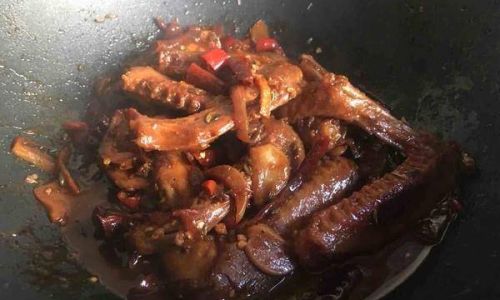
-
Proper Refrigeration: Store duck meat in the coldest part of your refrigerator (usually the bottom shelf) at a temperature of 40°F (4°C) or below. This slows down bacterial growth and preserves the meat’s freshness.
-
Freezing for Long-Term Storage: If you plan to keep duck meat for an extended period, freezing is a good option. Wrap the meat tightly in plastic wrap or aluminum foil, then place it in a heavy-duty freezer bag to prevent freezer burn. Duck meat can be frozen for up to 6 months for optimal quality.
-
Thawing Safely: When thawing frozen duck meat, do so in the refrigerator, not on the countertop. This prevents the growth of harmful bacteria that can occur at room temperature.
-
Handling Precautions: Wash your hands, utensils, and surfaces thoroughly after handling raw duck meat to prevent cross-contamination. Use separate cutting boards for raw and cooked meat.
-
Cooking to Safe Temperatures: Always cook duck meat to an internal temperature of 165°F (74°C) to kill any harmful bacteria present. Use a food thermometer to ensure accuracy.
Conclusion
In conclusion, determining if duck meat has gone bad involves a combination of visual inspection, olfactory assessment, and textural analysis. By paying attention to these indicators and following proper storage and handling practices, you can ensure that your duck meat is fresh, safe, and delicious. Remember, when in doubt, throw it out! It’s always better to err on the side of caution when it comes to food safety. With these guidelines in mind, you can enjoy duck meat dishes without worrying about food poisoning or spoilage. Happy cooking!



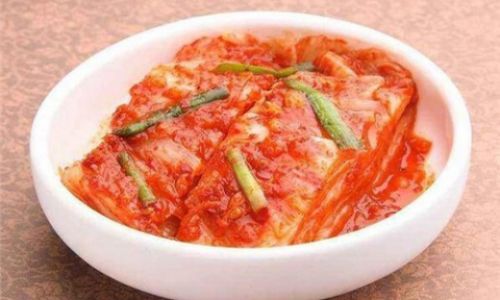
0 comments